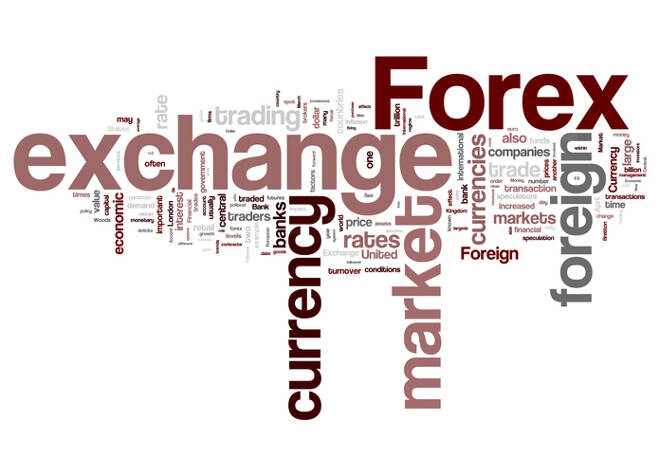Advertisement
Advertisement
Aussie, Kiwi Traders Pricing in Rate Cuts; Yen Weakens Ahead of BOJ, Fed Policy Decisions
By:
In Australia, a Reserve Bank official hinted at further rate cuts. In New Zealand, the central bank looked to refresh its unconventional monetary policy. In Japan, Japanese Yen investors positioned themselves ahead of the Bank of Japan’s monetary policy decision on July 30 and the U.S. Federal Reserve’s interest rate decision on July 31.
The Asia Pacific currencies were hit hard last week with U.S. economic data and central bank activity driving the price action. There were no major economic reports in Australia and New Zealand, however, the U.S. government released surprisingly strong reports on Durable Goods and Advance GDP.
In Australia, a Reserve Bank official hinted at further rate cuts. In New Zealand, the central bank looked to refresh its unconventional monetary policy. In Japan, Japanese Yen investors positioned themselves ahead of the Bank of Japan’s monetary policy decision on July 30 and the U.S. Federal Reserve’s interest rate decision on July 31.
Australian Dollar
The Australian Dollar was pressured by a combination of stronger-than-expected U.S. Durable Goods and GDP data. Traders also cut long positions as the financial markets reduced the chances of an aggressive 50-basis point rate cut by the Fed. However, the heavy selling pressure was fueled by dovish comments from Reserve Bank of Australia (RBA) Governor Philip Lowe.
Lowe said last week the central bank could keep cutting the cash rate in the coming months to support the ailing economy. After back to back rate cuts in June and July drove the RBA’s benchmark rate to an unprecedented 1%, Lowe said in Sydney on July 25 that borrowing costs were likely to remain low for some time.
“Whether or not further monetary easing is needed, it is reasonable to expect an extended period of low interest rates,” Lowe said.
The RBA is not expected to cut rates at its August 6 meeting, but it will be going into the meeting “live”. This means anything can happen. In the meantime, Westpac predicted cuts in October and February as economic indicators continued to point to weak growth and stagnant wages. Additionally, a consensus of economists believe the rate will reach 0.5% by early 2020 with one cut in the spring and another in the new year.
Last week, the AUD/USD settled at .6911, down 0.0131 or -1.86%.
New Zealand Dollar
Last week, the RBNZ made an announcement that showed policymakers believe the New Zealand economy is no longer immune to unconventional policy. The central bank cut its benchmark rate to 1.5% in May and economists expect another reduction on August 6 amid tepid inflation and slowing economic growth. With the benchmark rate expected to drop to 1% by the end of the year, the RBNZ will likely have to turn to unconventional measures to help stimulate the economy.
“This year the Reserve Bank has begun scoping a project to refresh our unconventional monetary policy strategy and implementation. This is at a very early stage,” the RBNZ said in response to an Official information Act request for work on non-standard policy measures.
One unconventional measure could be to take the OCR below zero. The RBNZ could also conduct large scale purchases of either government or corporate bonds, known as quantitative easing.
Last week, the NZD/USD settled at .6639, down 0.0122 or -1.81%.
Japanese Yen
The Dollar/Yen rallied last week to its highest level since July 10 as investors pared expectations for aggressive Federal Reserve interest rate cuts. The price action was also driven by a widening of the spread between U.S. Government bond yields and Japanese Government bond yields. This was fueled by stronger than expected U.S. durable goods and GDP data.
Last week, the USD/JPY settled at 108.676, up 0.915 or +0.85%.
The Bank of Japan meets before the Fed, but it’s not expected to change policy. However, traders expect policymakers to seriously discuss whether to ease policy later this year. Some will argue there is no immediate need for action as domestic demand offsets weak exports.
About the Author
James Hyerczykauthor
James Hyerczyk is a U.S. based seasoned technical analyst and educator with over 40 years of experience in market analysis and trading, specializing in chart patterns and price movement. He is the author of two books on technical analysis and has a background in both futures and stock markets.
Advertisement
